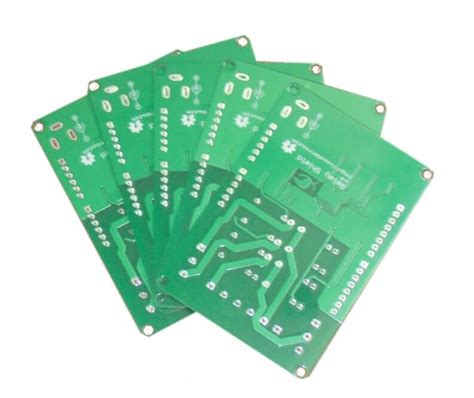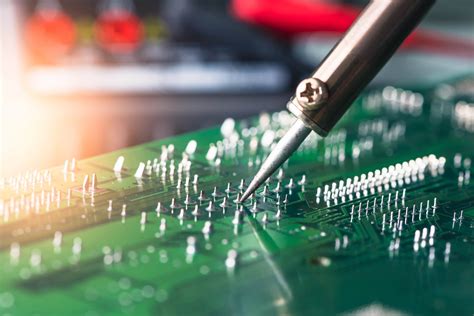Real-Time PCB Fabrication Quotes Online
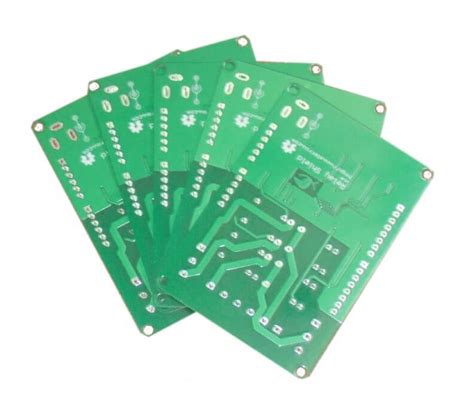
Key Takeaways
When exploring PCB manufacturing options, modern quoting systems empower you to compare PCB manufacturing costs across materials and specifications instantly. Leading PCB manufacturing companies integrate real-time calculators that factor in layer counts (up to 12 layers), material types (FR4, Flex, Aluminum), and advanced processes like 5-axis milling for precision prototyping. These tools eliminate guesswork, allowing you to optimize budgets while meeting technical requirements.
Tip: Always verify if your chosen provider includes surface finish options (e.g., ENIG, HASL) in their base quote—this avoids unexpected costs later in the PCB manufacturing business workflow.
By streamlining design uploads and material selections, online platforms reduce lead times for complex projects, such as HDI or Rigid-Flex boards. Transparent pricing models also let you assess trade-offs between speed and cost—critical when balancing prototyping urgency with production-scale economics. For deeper insights, review industry benchmarks to contextualize quotes and identify value-driven partners.
Whether you’re sourcing low-volume prototypes or high-volume runs, real-time quoting systems align with evolving PCB manufacturing demands, ensuring agility in today’s fast-paced electronics landscape.

Instant PCB Fabrication Quotes Online
When you need PCB manufacturing services, obtaining real-time quotes online eliminates guesswork and accelerates decision-making. Modern platforms allow you to input board specifications—such as material type (FR4, Flex, or Aluminum), layer count (up to 12 layers), and surface finish—to receive instant pricing tailored to your project. This transparency helps you compare PCB manufacturing costs across different PCB manufacturing companies without manual outreach, ensuring you balance quality and budget effectively.
By streamlining the quoting process, these tools address common pain points in the PCB manufacturing business, such as delayed responses or hidden fees. You can adjust parameters like tolerances or panelization options and immediately see how they impact pricing. For example, selecting 5-axis milling for complex geometries might add a premium but ensures precision for rapid prototyping. Similarly, opting for HDI technology or rigid-flex designs triggers automated cost adjustments based on material and labor requirements.
This approach not only saves time but also empowers you to make data-driven choices early in the design phase. Whether you’re a startup optimizing PCB manufacturing costs or an enterprise scaling production, real-time quotes provide clarity, letting you focus on innovation rather than administrative hurdles.
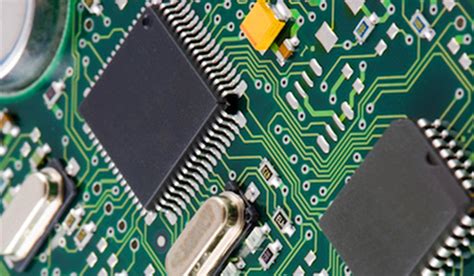
Real-Time Multi-Layer PCB Pricing
When you need accurate pricing for multi-layer PCB projects, modern PCB manufacturing platforms provide instant quotes tailored to your design specifications. By inputting parameters like layer count (from 2 to 12 layers), material type (FR4, aluminum, or flexible substrates), and surface finish, you can see PCB manufacturing cost estimates in seconds. This transparency helps avoid surprises and streamlines budgeting, especially for complex designs requiring advanced features like blind/buried vias or impedance control.
Leading PCB manufacturing companies leverage automated quoting engines that factor in material costs, layer complexity, and production timelines. For example, a 6-layer FR4 board with standard lead times may cost significantly less than a 12-layer HDI design requiring laser drilling. Below is a simplified comparison of average pricing tiers for common layer configurations:
| Layer Count | Base Material | Typical Cost Range | Lead Time (Days) |
|---|---|---|---|
| 2-4 | FR4 | $0.10 – $0.50/sq.in | 5-7 |
| 6-8 | FR4/HDI | $0.80 – $2.50/sq.in | 8-12 |
| 10-12 | HDI/Aluminum | $3.00 – $6.50/sq.in | 12-18 |
These real-time tools also let you adjust tolerances or quantities to optimize expenses, making it easier to balance PCB manufacturing business priorities like speed versus affordability. Whether prototyping or scaling production, dynamic pricing models ensure you align technical requirements with financial constraints seamlessly.
Streamline FR4 and Flex PCB Orders
When ordering FR4 or flexible PCBs, you’ll want a system that simplifies complexity while keeping PCB manufacturing costs transparent. Modern PCB manufacturing companies leverage automated quoting tools to eliminate guesswork, allowing you to input specifications like material type, layer count, and surface finish for instant pricing. For FR4-based designs, factors such as copper weight and glass transition temperature (Tg) directly influence costs, while flex PCB orders require attention to polyimide thickness and bend radius requirements.
Advanced platforms integrate PCB manufacturing business logic to dynamically adjust quotes based on real-time material availability and production capacity. This ensures you avoid delays caused by manual back-and-forth. Whether prototyping or scaling production, tools like impedance calculators and DFM checks help refine designs before submitting files, reducing the risk of rework. By centralizing order management for both rigid and flexible boards, you gain visibility into lead times and pricing tiers—critical for balancing speed and PCB manufacturing budgets.
Transitioning between material options? Systems often include side-by-side comparisons, letting you weigh tradeoffs between FR4’s durability and flex circuits’ space-saving benefits without leaving the quoting interface.
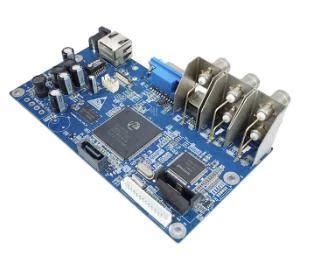
5-Axis Milling for Rapid Prototyping
When accelerating prototyping cycles, PCB manufacturing relies heavily on precision machining techniques like 5-axis milling. Unlike traditional 3-axis systems, this advanced method enables simultaneous movement across five axes, slashing production time while maintaining tight tolerances for complex geometries. For PCB manufacturing companies, this translates to faster turnaround on high-density interconnect (HDI) designs or rigid-flex layouts, which demand intricate routing and depth control.
By integrating 5-axis milling into your workflow, you gain flexibility to handle multi-layer boards (up to 12 layers) without compromising accuracy—critical when balancing PCB manufacturing cost and quality. The technology minimizes material waste through optimized tool paths, a key advantage for prototypes requiring rapid iterations. Additionally, automated tool changers reduce downtime, ensuring your PCB manufacturing business stays competitive in fast-paced markets.
Transitioning to this method also simplifies compatibility with real-time quote systems. As you upload design files, algorithms account for milling complexity, providing instant estimates that reflect both machining time and material usage. This seamless integration ensures you can prioritize speed-to-market without sacrificing precision—a strategic edge for projects demanding quick validation.
12-Layer Board Quote Calculator
When requesting a PCB manufacturing quote for complex 12-layer boards, specialized tools like real-time calculators simplify cost estimation. These systems analyze design parameters—such as material selection (FR4, aluminum, or flexible substrates), layer count, trace density, and surface finish—to generate instant pricing. Leading PCB manufacturing companies integrate these calculators into their platforms, allowing you to adjust variables like impedance control or via filling and immediately see how they impact PCB manufacturing cost.
For multilayer projects, the calculator accounts for critical factors like stack-up complexity and drilling precision, which directly influence production timelines. By inputting your Gerber files, you can compare quotes across different suppliers, ensuring alignment with both technical requirements and budget constraints. This transparency helps avoid unexpected fees, especially when balancing advanced features like HDI routing or rigid-flex integration against PCB manufacturing business standards.
Automated quote tools also highlight cost-saving opportunities, such as panelization efficiency or bulk-order discounts. Whether prototyping or scaling production, instant feedback on 12-layer designs ensures you can refine specifications before committing to fabrication, reducing revision cycles and accelerating time-to-market.
HDI and Aluminum PCB Cost Analysis
When evaluating PCB manufacturing expenses for advanced applications, HDI (High-Density Interconnect) and Aluminum-based boards present unique cost dynamics. HDI PCBs require specialized processes like laser-drilled microvias and sequential lamination, which increase PCB manufacturing cost compared to standard FR4 designs. Layer count (up to 12 layers) and via-in-pad technology further influence pricing, making precise design specifications critical for accurate quotes.
For Aluminum PCBs, the core material itself—commonly used in LED and power electronics—adds a premium due to its thermal management properties. However, this cost is often offset by reduced need for additional cooling components. When working with PCB manufacturing companies, clarify whether your design requires base aluminum thickness or specific dielectric layers, as these choices directly impact final pricing.
PCB manufacturing business models increasingly integrate real-time quote calculators to simplify cost comparisons. By inputting parameters like board dimensions, layer stack-up, and surface finish (ENIG, HASL), you can instantly gauge how material selection and complexity affect budgets. For instance, choosing 4-layer HDI over standard 8-layer FR4 might reduce costs while maintaining performance, depending on application requirements.
Transitioning between materials or technologies? Use these tools to balance PCB manufacturing cost against durability, thermal efficiency, and signal integrity—key factors for optimizing both prototyping and production phases.
Fast-Track PCB Ordering Process
Navigating PCB manufacturing workflows no longer requires lengthy email exchanges or manual quote requests. Modern PCB manufacturing companies leverage automated platforms that let you submit design files and receive real-time design analysis within minutes. By uploading Gerber files and specifying parameters like layer count, material type (FR4, HDI, Flex, etc.), and surface finish, you instantly see how each choice impacts PCB manufacturing cost. This transparency eliminates guesswork, allowing you to optimize designs for both performance and budget before committing.
After finalizing specifications, the system generates a binding quote and transitions seamlessly into production scheduling. Leading providers integrate automated DFM (Design for Manufacturability) checks to flag potential issues—such as insufficient trace spacing or drill alignment—before fabrication begins. This pre-emptive validation reduces delays, ensuring your order enters the queue without revisions. For time-sensitive projects, rapid 5-axis milling and expedited shipping options further compress lead times.
The streamlined process also supports scalable solutions, whether you’re prototyping or managing high-volume PCB manufacturing business demands. Bulk order discounts and panelization tools help maximize cost efficiency, while digital dashboards provide real-time updates on production milestones. By integrating these tools directly into your workflow, you maintain control over timelines and budgets without sacrificing precision or quality.
Compare PCB Materials Instantly
When evaluating options for PCB manufacturing, understanding material differences directly impacts your project’s performance and PCB manufacturing cost. Modern online platforms let you compare FR4, HDI, Flex, and Aluminum substrates side-by-side, with real-time pricing adjusted for thickness, copper weight, and surface finishes. For instance, rigid-flex boards might show higher upfront costs compared to standard FR4, but their durability in compact designs could reduce long-term expenses—a critical factor for PCB manufacturing companies balancing quality and budget.
Material properties like thermal conductivity (Aluminum) or signal integrity (high-frequency laminates) are displayed alongside cost-per-unit metrics, helping you weigh technical requirements against financial constraints. If you’re managing a PCB manufacturing business, this becomes particularly valuable when quoting clients: a 12-layer HDI design might require specialized prepregs, while a 2-layer aluminum board could prioritize heat dissipation over layer count. By analyzing impedance control needs or temperature tolerance through these tools, you avoid overspending on unnecessary specs.
Transparency in PCB manufacturing cost breakdowns—such as solder mask options or via fill techniques—ensures alignment between design choices and production realities. This clarity streamlines communication with PCB manufacturing companies, reducing delays from mismatched expectations. Whether prototyping or scaling, instant material comparisons turn complex variables into actionable data, empowering smarter decisions without compromising timelines.
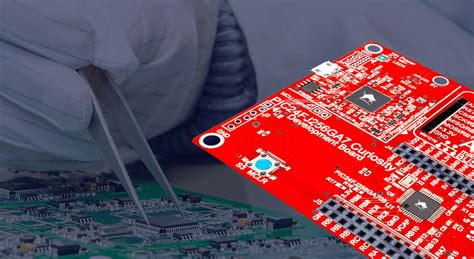
Conclusion
When evaluating PCB manufacturing options, modern online quoting systems fundamentally change how you interact with PCB manufacturing companies. By providing instant pricing transparency, these platforms let you analyze PCB manufacturing cost variables in real time—from material selection to layer count—without manual back-and-forth. Whether you’re optimizing a prototype with 5-axis milling or scaling production for rigid-flex designs, the ability to compare PCB manufacturing business quotes side-by-side ensures informed decision-making.
The integration of automated calculators for 12-layer boards or aluminum substrates eliminates guesswork, while features like HDI cost breakdowns empower you to balance quality and budget. For teams managing tight timelines, the streamlined workflows reduce administrative overhead, letting you focus on design iteration rather than logistics. As digital tools evolve, leveraging these systems isn’t just about speed—it’s about gaining a competitive edge in precision and efficiency.
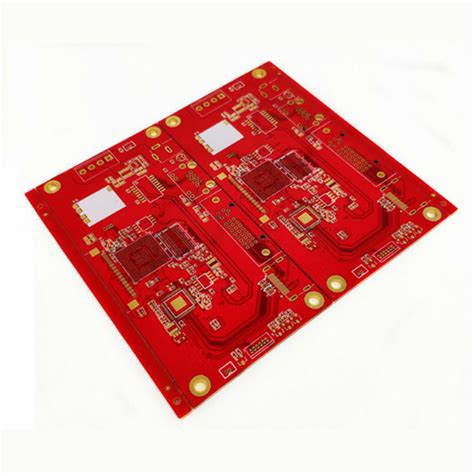
FAQs
How do online quote systems work for PCB manufacturing?
Most PCB manufacturing companies use automated calculators that analyze your design files, material choices, and specifications to generate real-time pricing. You’ll typically input board dimensions, layer count (up to 12 layers), and material type (e.g., FR4 or aluminum) to receive instant estimates.
What factors influence PCB manufacturing cost?
Key variables include layer count, board material (e.g., flex vs. rigid-flex), surface finish, and production volume. PCB manufacturing business models often prioritize bulk orders, but advanced 5-axis milling capabilities allow cost-effective prototyping for smaller batches.
Can I compare prices for different materials instantly?
Yes, modern platforms let you toggle between materials like HDI, aluminum, or FR4 to see how PCB manufacturing cost changes. This transparency helps you balance performance requirements with budget constraints.
How reliable are quotes from online PCB services?
Reputable PCB manufacturing companies validate quotes through automated design rule checks (DRC) and manual reviews. However, complex designs or non-standard specifications may require follow-up confirmation to ensure accuracy.
What if my project requires fast turnaround times?
Many providers offer rapid prototyping options with 24–72-hour lead times. Look for services highlighting 5-axis milling and streamlined workflows to accelerate production without compromising PCB manufacturing quality.
Explore Advanced PCB Manufacturing Solutions
For tailored support or to request a detailed quote, please click here to connect with experts specializing in high-mix, low-volume production.

